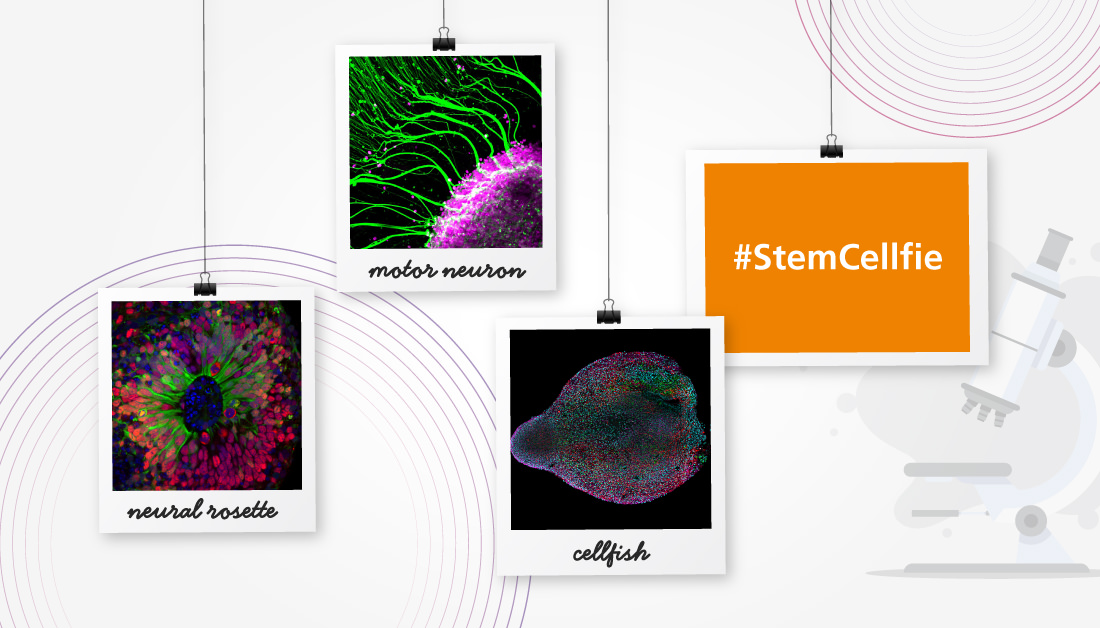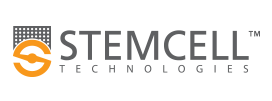Highman's Crystal Violet
for Amyloid
Materials
- Weigert’s iron hematoxylin
- Highman’s gum syrup
- Crystal violet
Material Amount Crystal violet 0.1 g Distilled water 97.5 mL Glacial acetic acid 2.5 mL
Tissue Sample
5µ paraffin sections of neutral buffered formalin fixed tissue are suitable. Other fixatives are likely to be satisfactory. Cryostat sections usually show brighter metachromasia. Unmounted frozen sections may also be floated in each solution and mounted on a slide just before coverslipping.
Protocol
- Bring sections to water via xylene and ethanol, except for cryostat and frozen sections.
- Stain nuclei with Weigert’s iron hematoxylin for 5 minutes.
- Wash with water.
- Place into crystal violet solution for 1-30 minutes until amyloid is stained.
- Rinse well with water.
- Drain all water from the slide until just damp and mount with Highman’s medium.
- Ring the coverslip to inhibit evaporation of the mounting medium and precipitation of the ingredients.
Expected Results
- Amyloid – purple-red
- Background – blue-violet
- Nuclei – black
Notes
- Methyl violet may be used instead of crystal violet if preferred.
- Gray notes that Lieb substituted a solution of 0.3% crystal violet in 0.3% hydrochloric acid for Highman’s crystal violet solution.
- Highman’s gum syrup is a modification of Apathy’s gum syrup and contains potassium acetate or sodium chloride to stop bleeding of the dye into the mounting medium.
Safety Note
Prior to handling any chemical, consult the Safety Data Sheet (SDS) for proper handling and safety precautions.
References
- Gray, Peter. (1954)
The Microtomist’s Formulary and Guide, p. 452.
Originally published by: The Blakiston Co.
Republished by: Robert E. Krieger Publishing Co.





